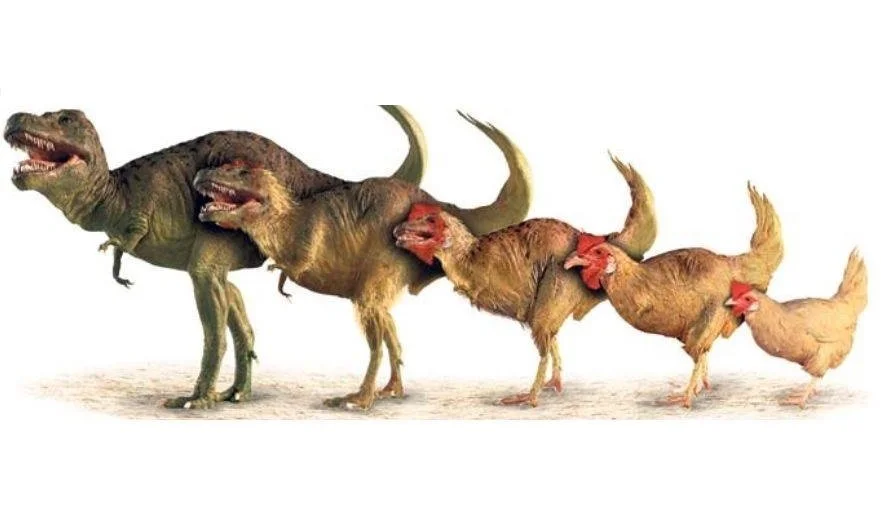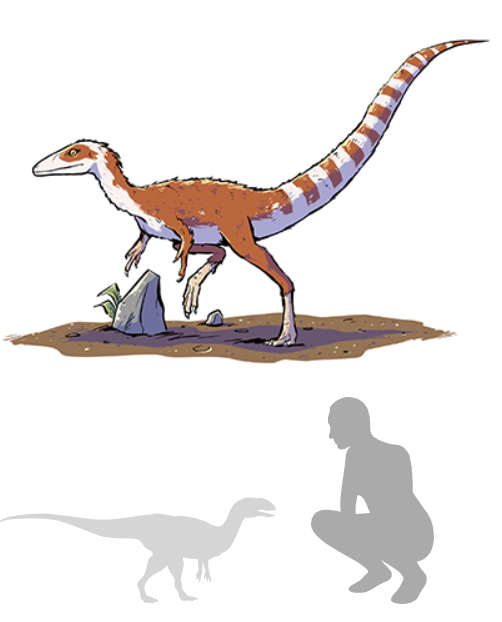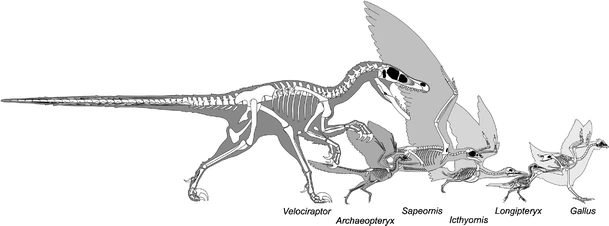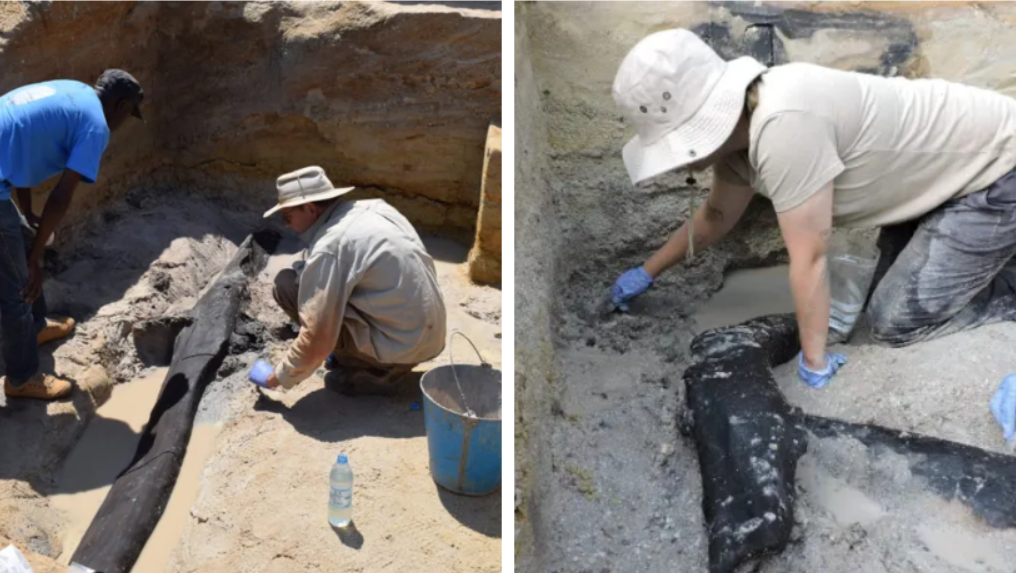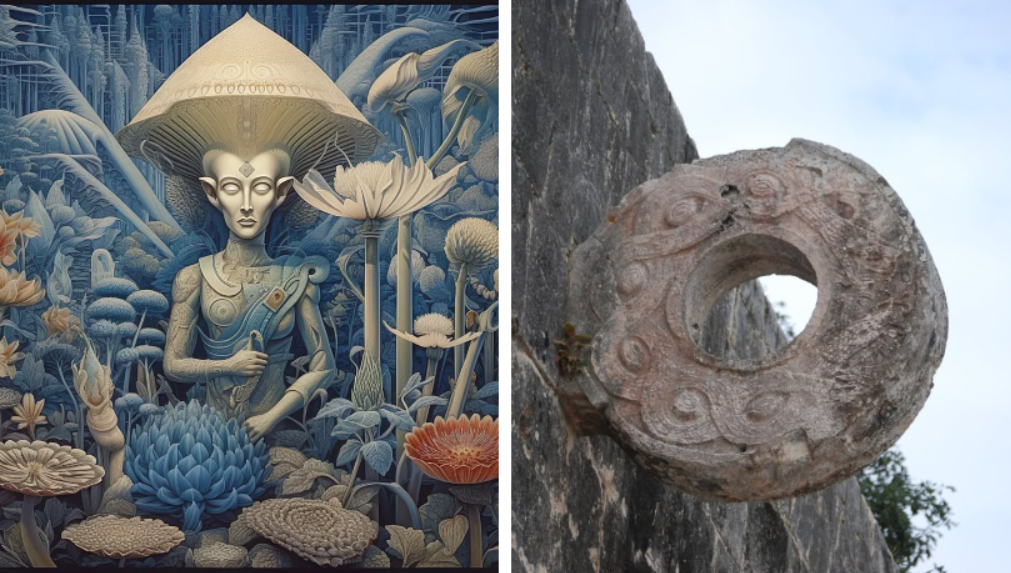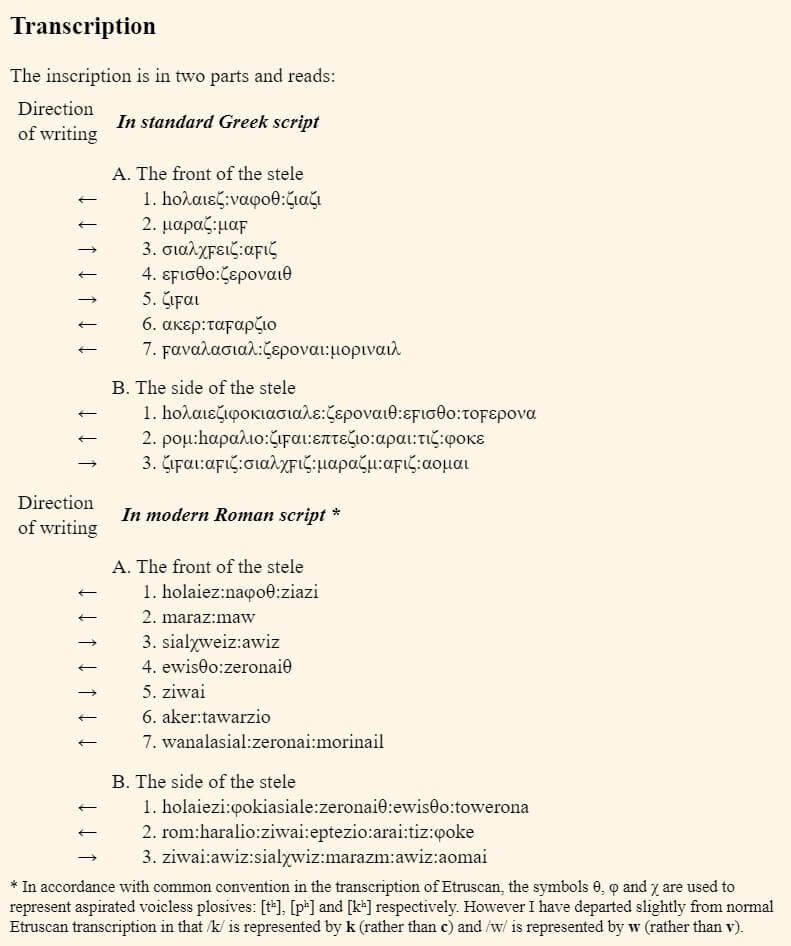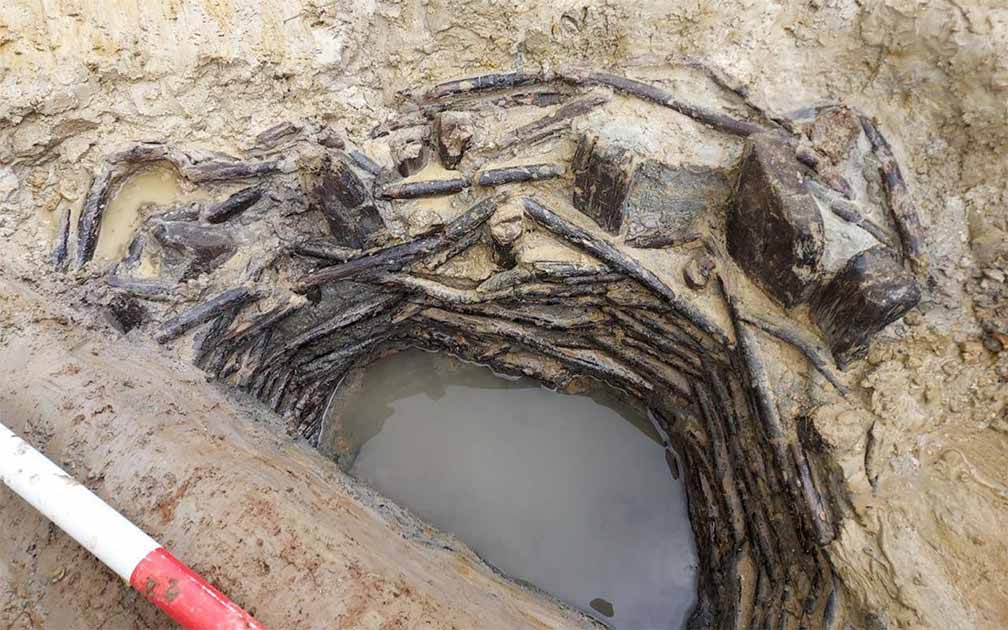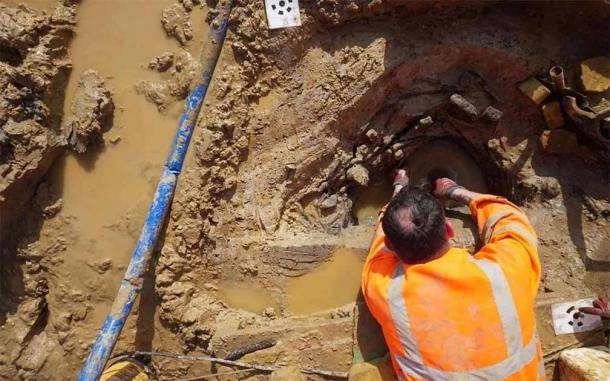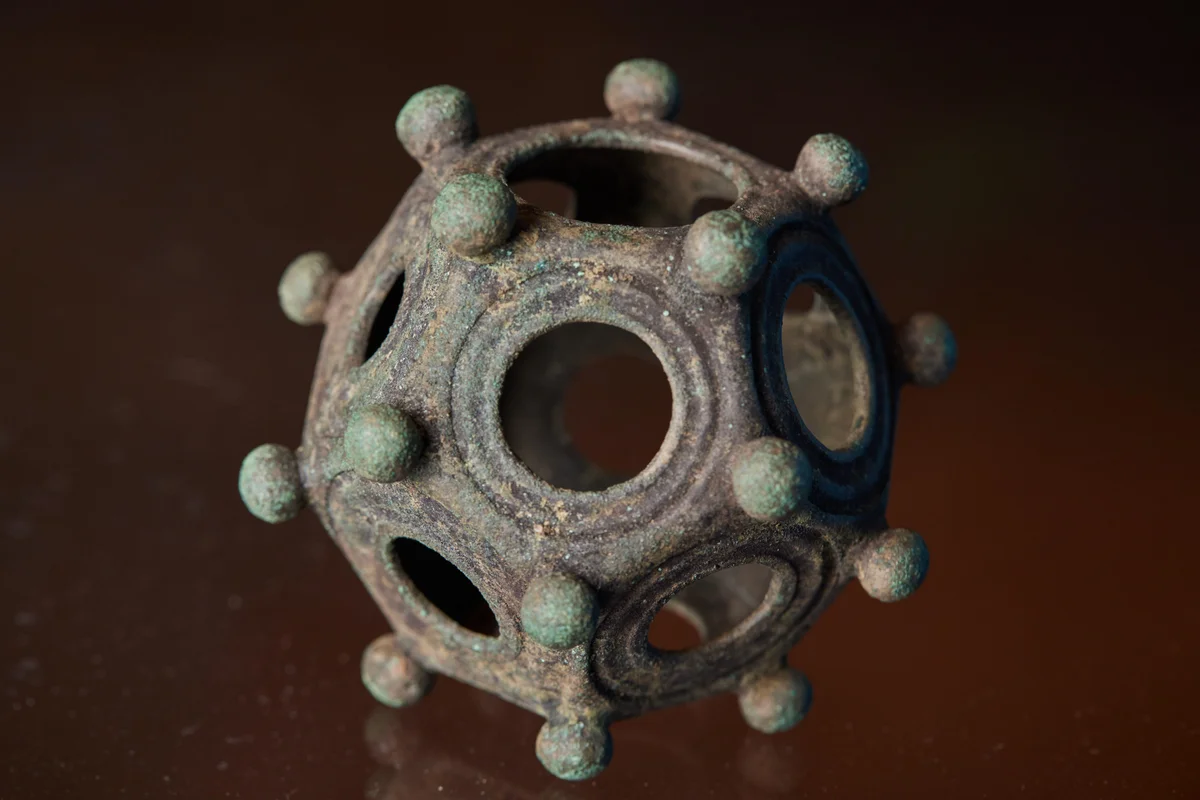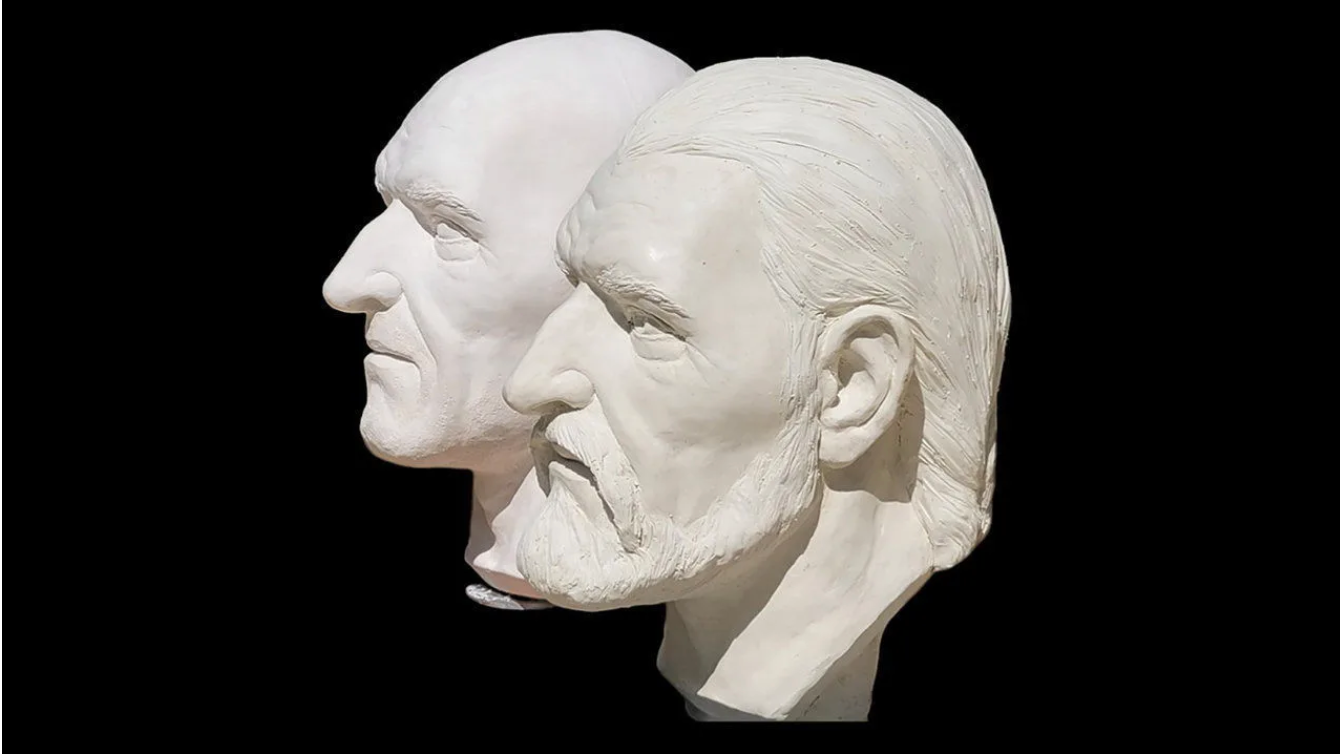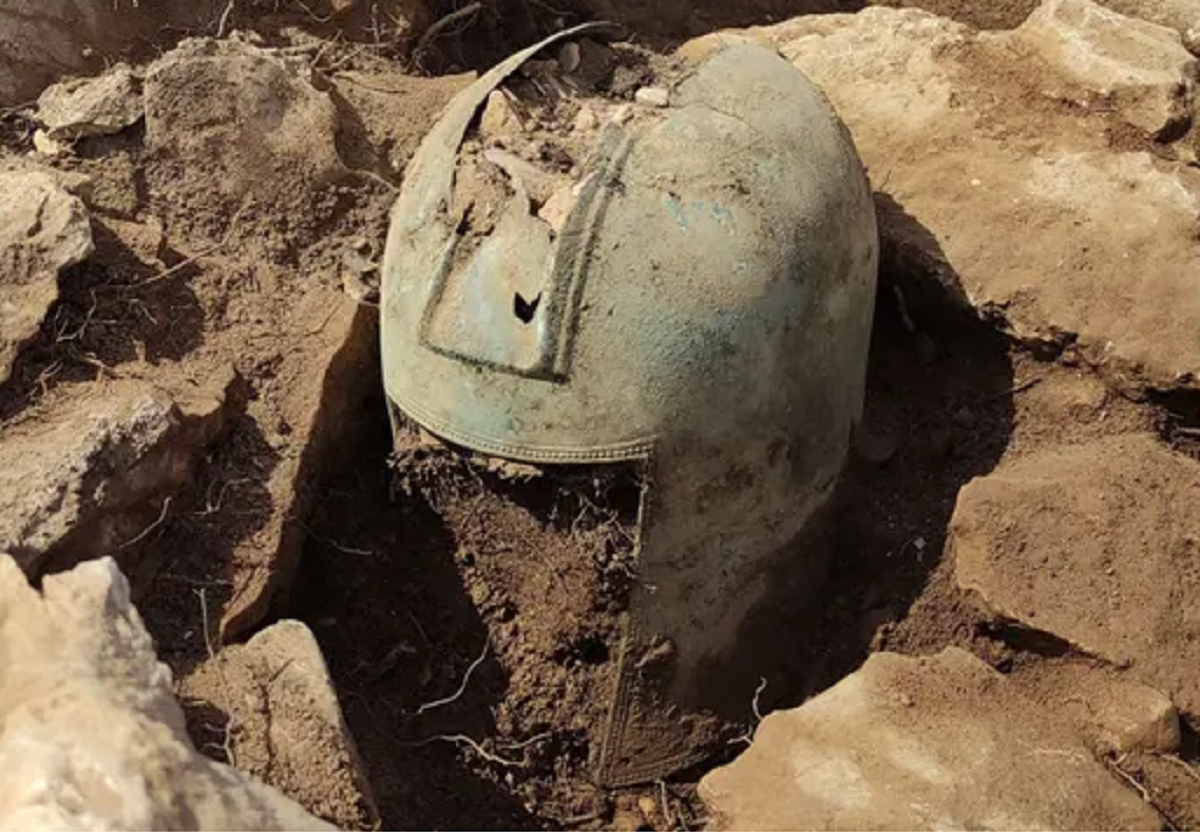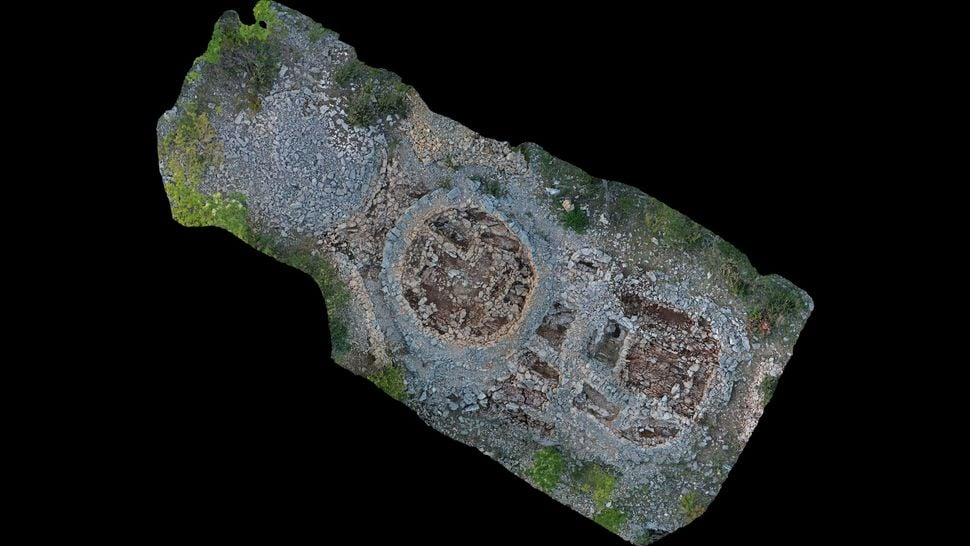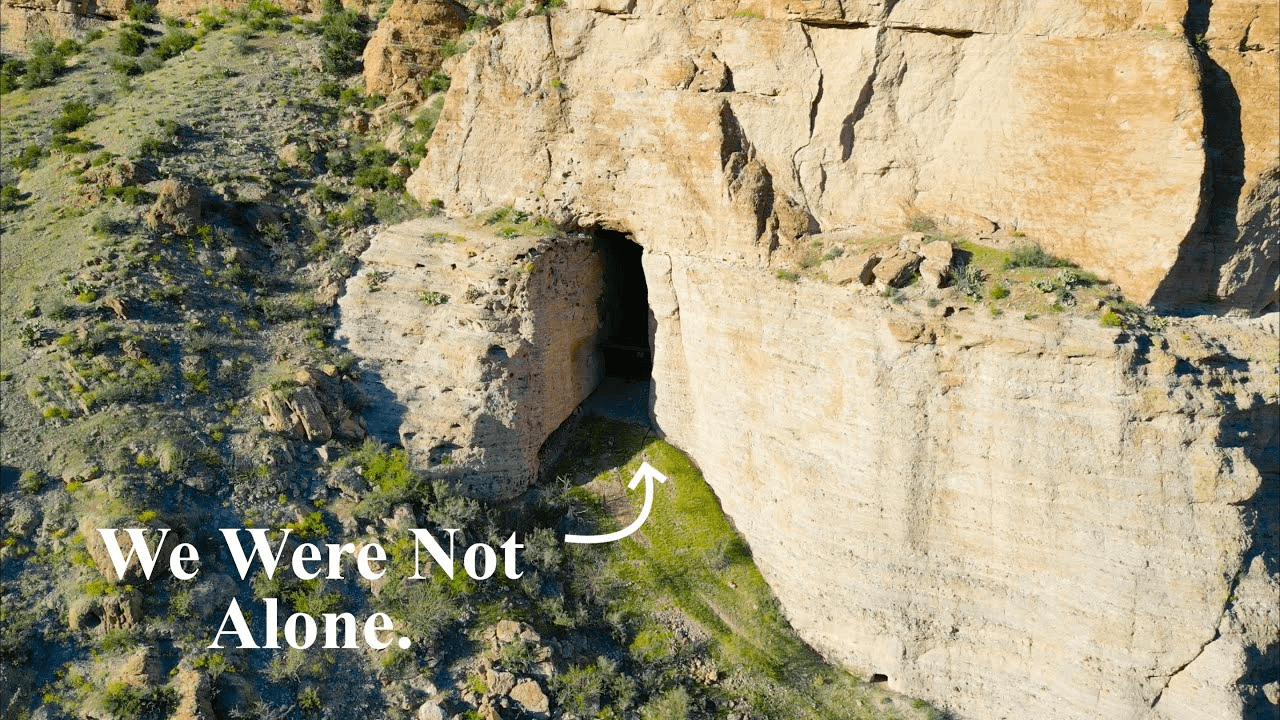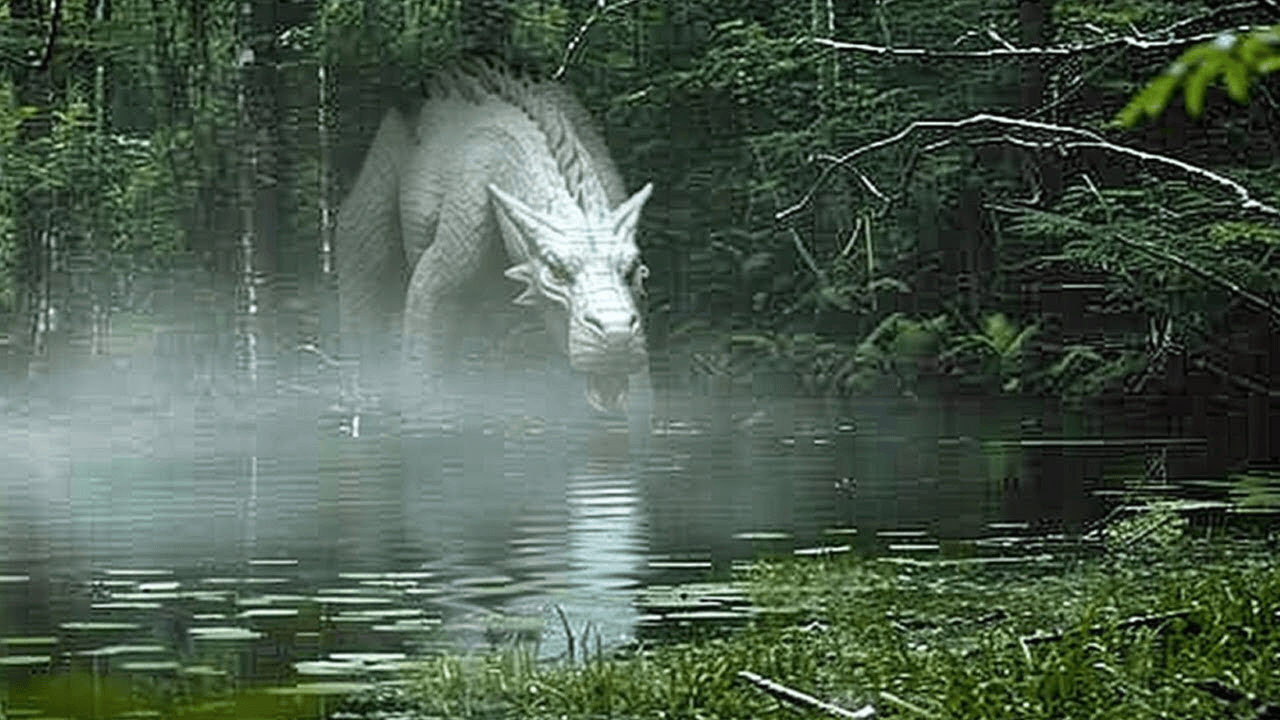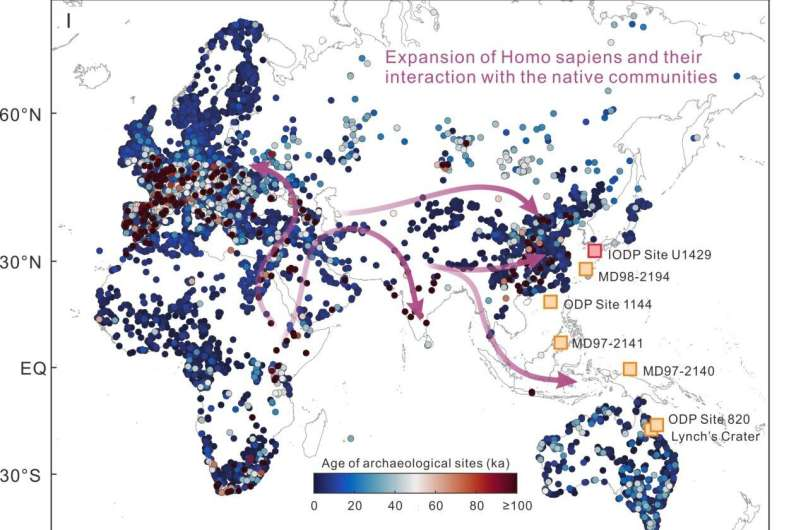Scientists have uncovered a hidden corridor within Egypt's Great Pyramid of Giza, revealing more secrets beneath its sands. The Great Pyramid, one of the world's most famous landmarks, still harbors many mysteries.
Recently, archaeologists discovered a peculiar L-shaped structure buried beside the pyramid, believed to date back around 4,500 years. Remarkably, beneath this structure lies another "anomaly," suggesting that the L-shaped feature might serve as a gateway to deeper chambers.
An international team from Japan and Egypt identified these structures using advanced ground-penetrating technology while examining Giza's Western Cemetery. This cemetery was reserved for the royal family of King Khufu, the pyramid's builder, and high-ranking officials, interred in flat-roofed tombs known as "mastabas." However, an unexpectedly empty area in the cemetery prompted the researchers to investigate further using electrical resistivity tomography (ERT) and ground-penetrating radar (GPR).
This red rectangle shows the approximate location of the initial survey area(Higashi Nippon International University)
ERT measures resistance by sending electrical currents into the ground, while GPR maps underground structures using radar reflections. Their analysis from 2021 to 2023 uncovered the first anomaly approximately two meters (6.5 feet) below the surface. This L-shaped structure, at least 10 meters (33 feet) long, appeared to be filled with sand, indicating it was likely backfilled after its construction.
The deeper anomaly, a "highly resistive" feature, might consist of sand and gravel or an air void. Researchers suggested it could be limestone walls or shafts leading to a tomb. However, they acknowledged that more detailed surveys are needed to confirm this.
Excavations to identify the L-shaped structure are ongoing, according to Motoyuki Sato from Japan's Tohoku University, who led the study. He asserts the structure is man-made due to its distinct shape.
GPR scans showing the mysterious anomaly(Higashi Nippon International University)
Peter Der Manuelian, a Harvard University Egyptology professor not involved in the study, noted the long-overlooked potential of this area due to the absence of superstructures. While L-shaped structures are known in Giza, they usually appear above ground. Der Manuelian emphasized the importance of further exploration to understand the anomaly's true nature.




